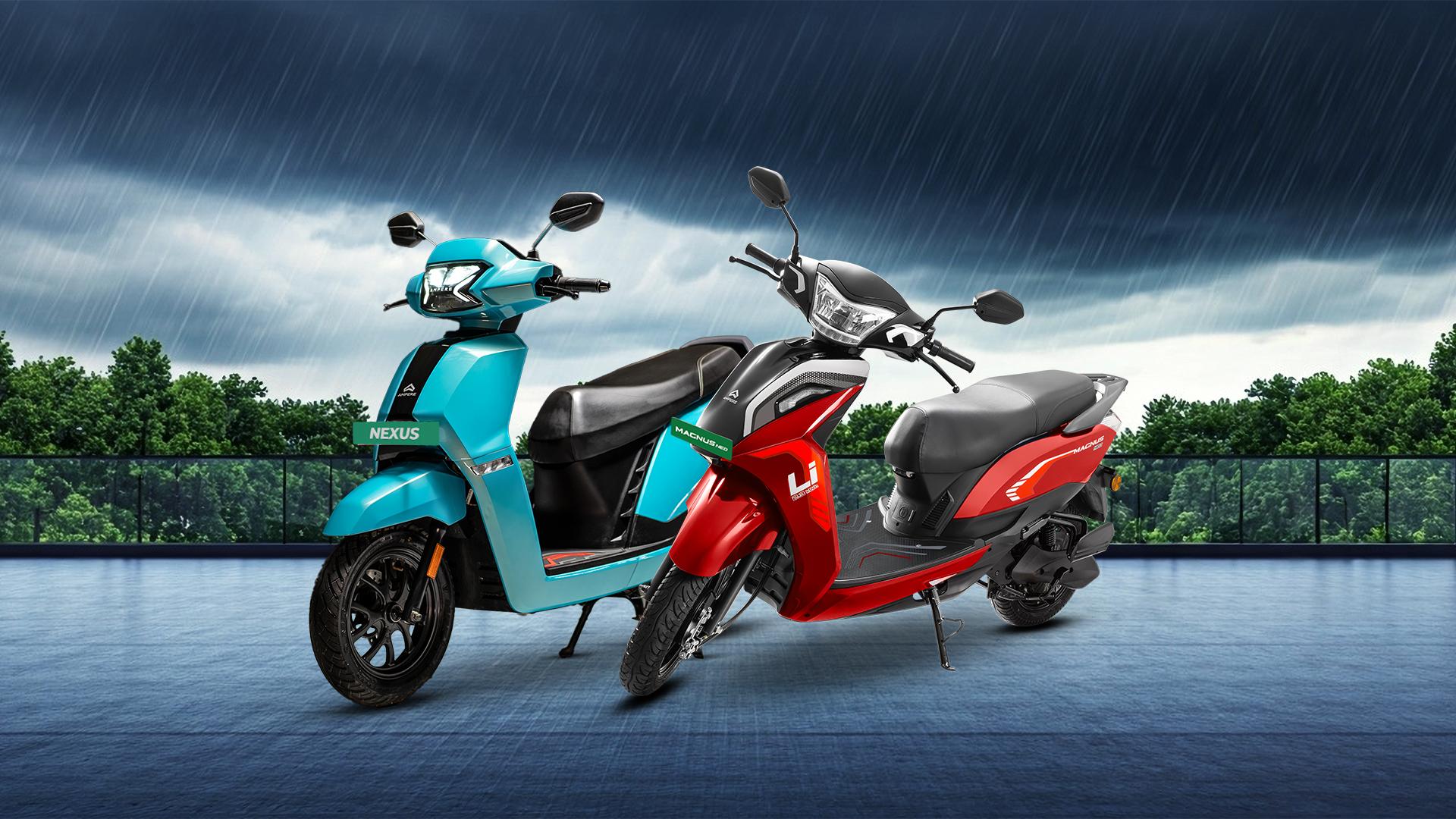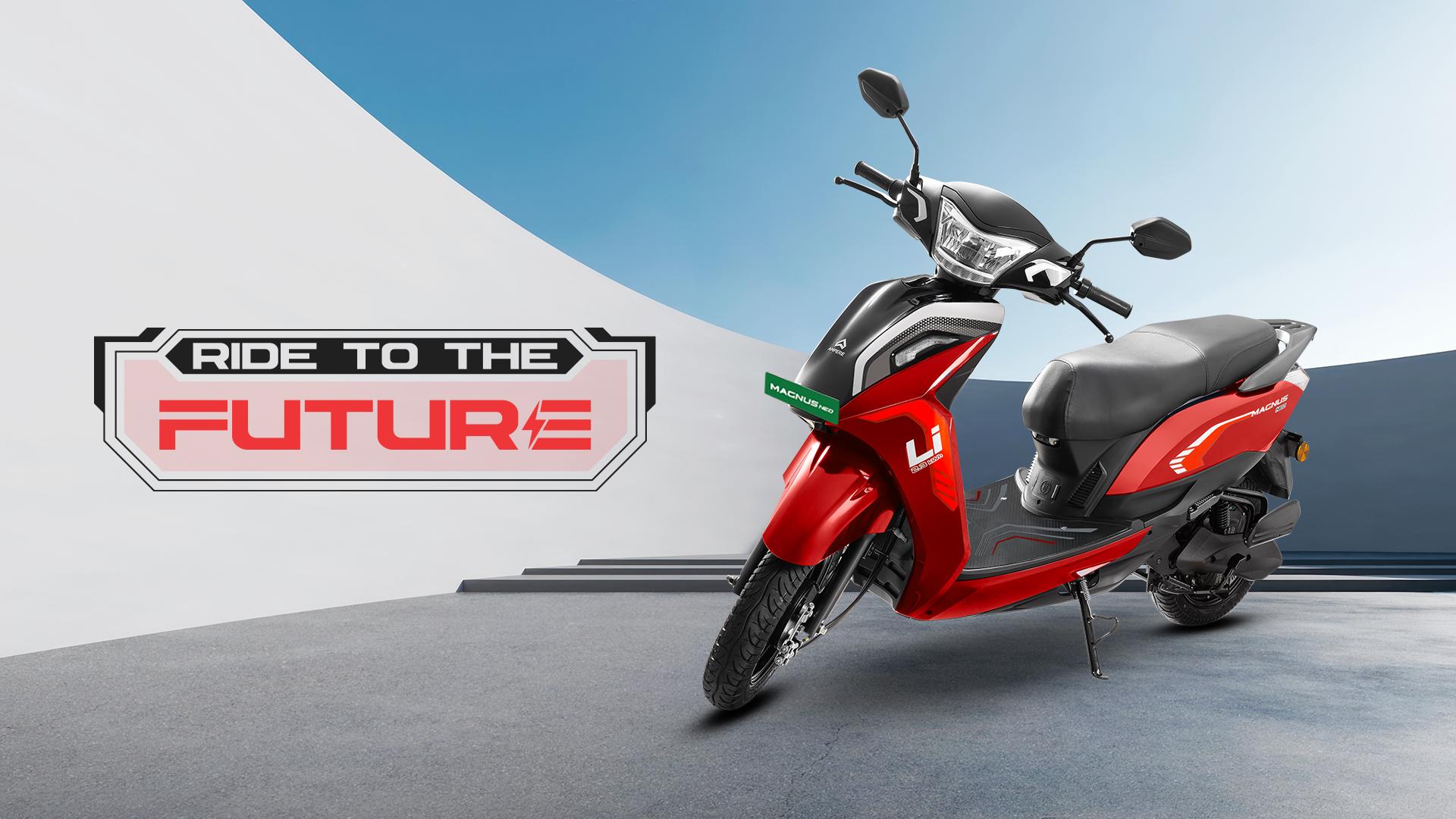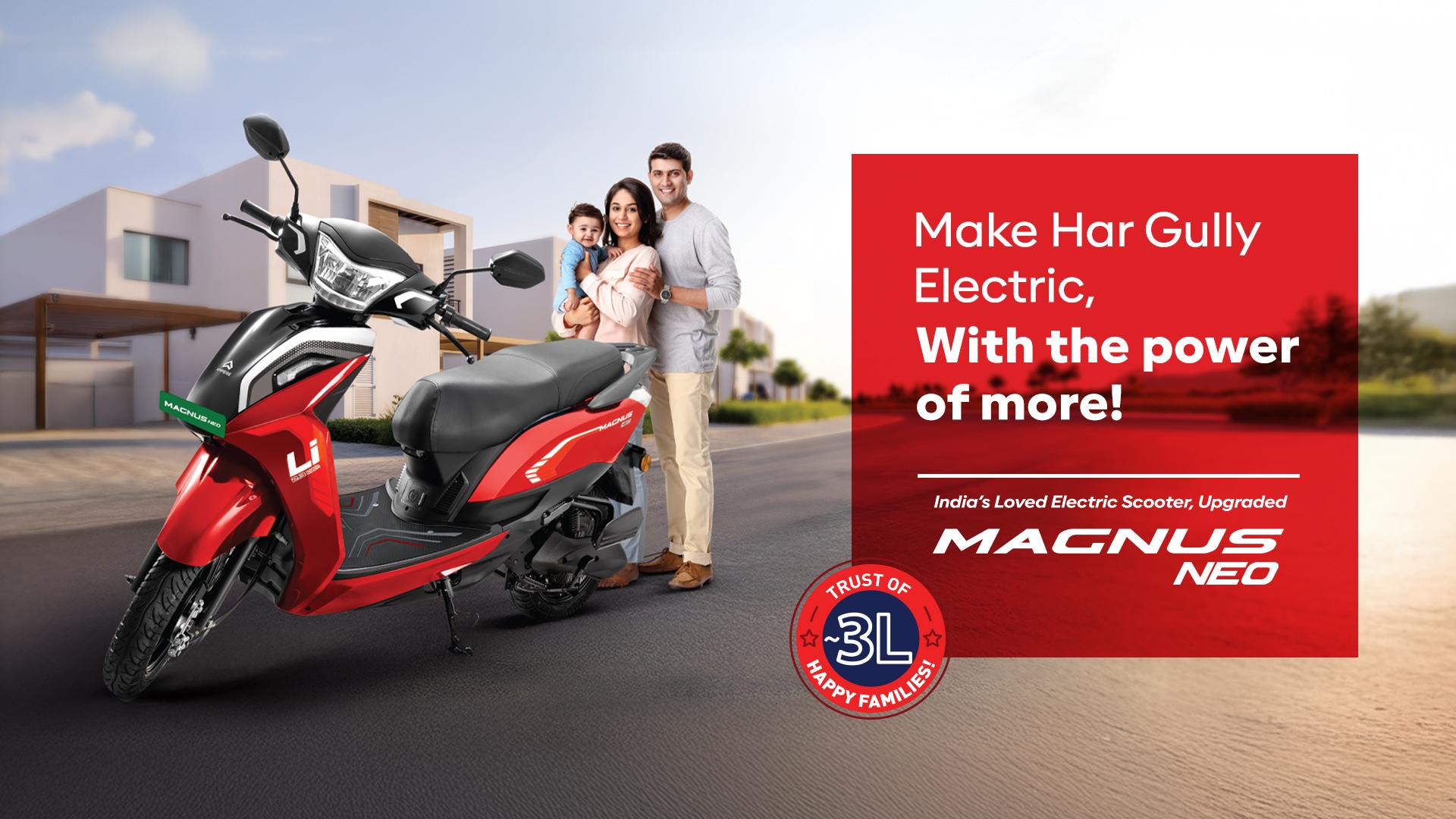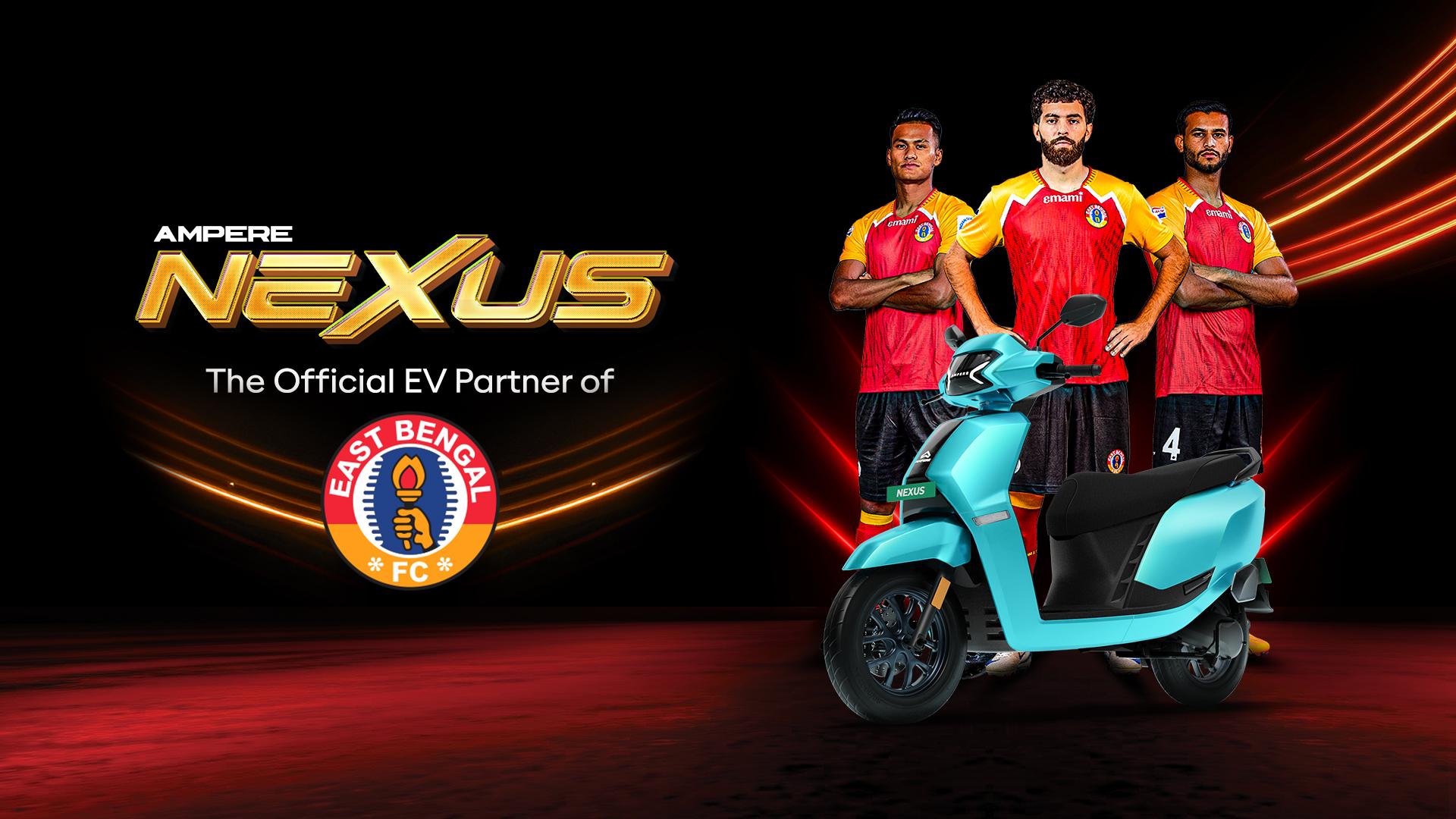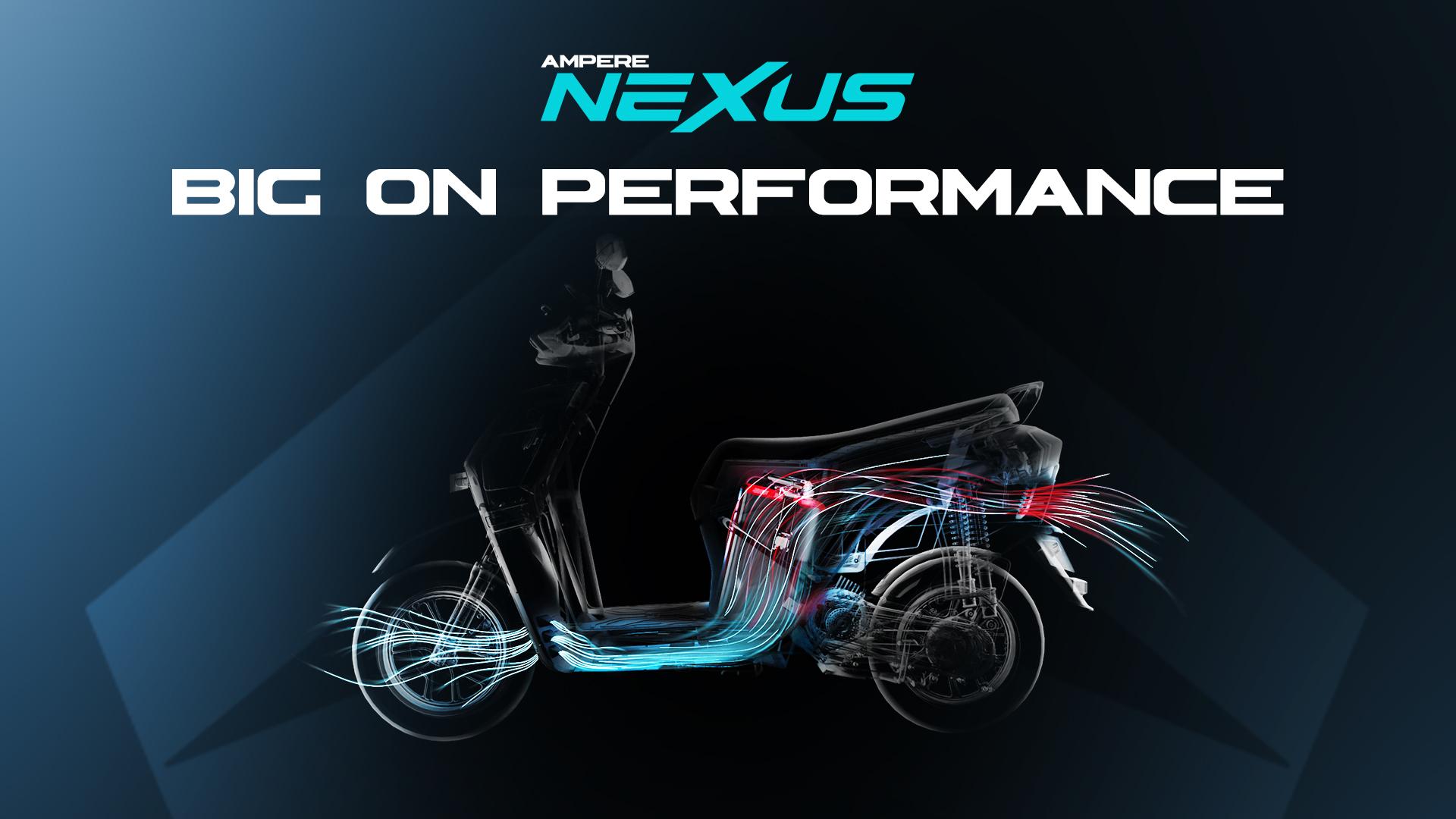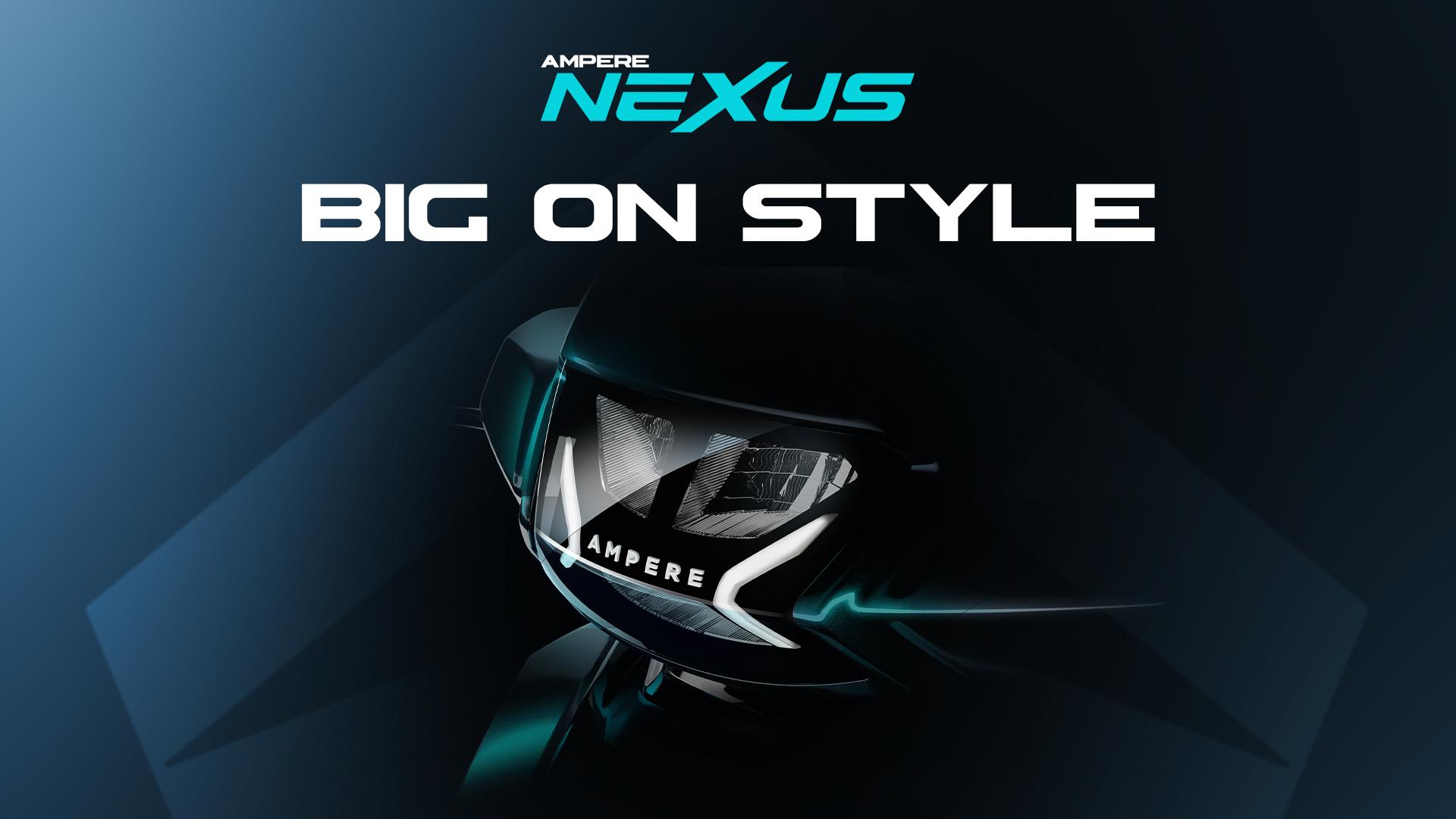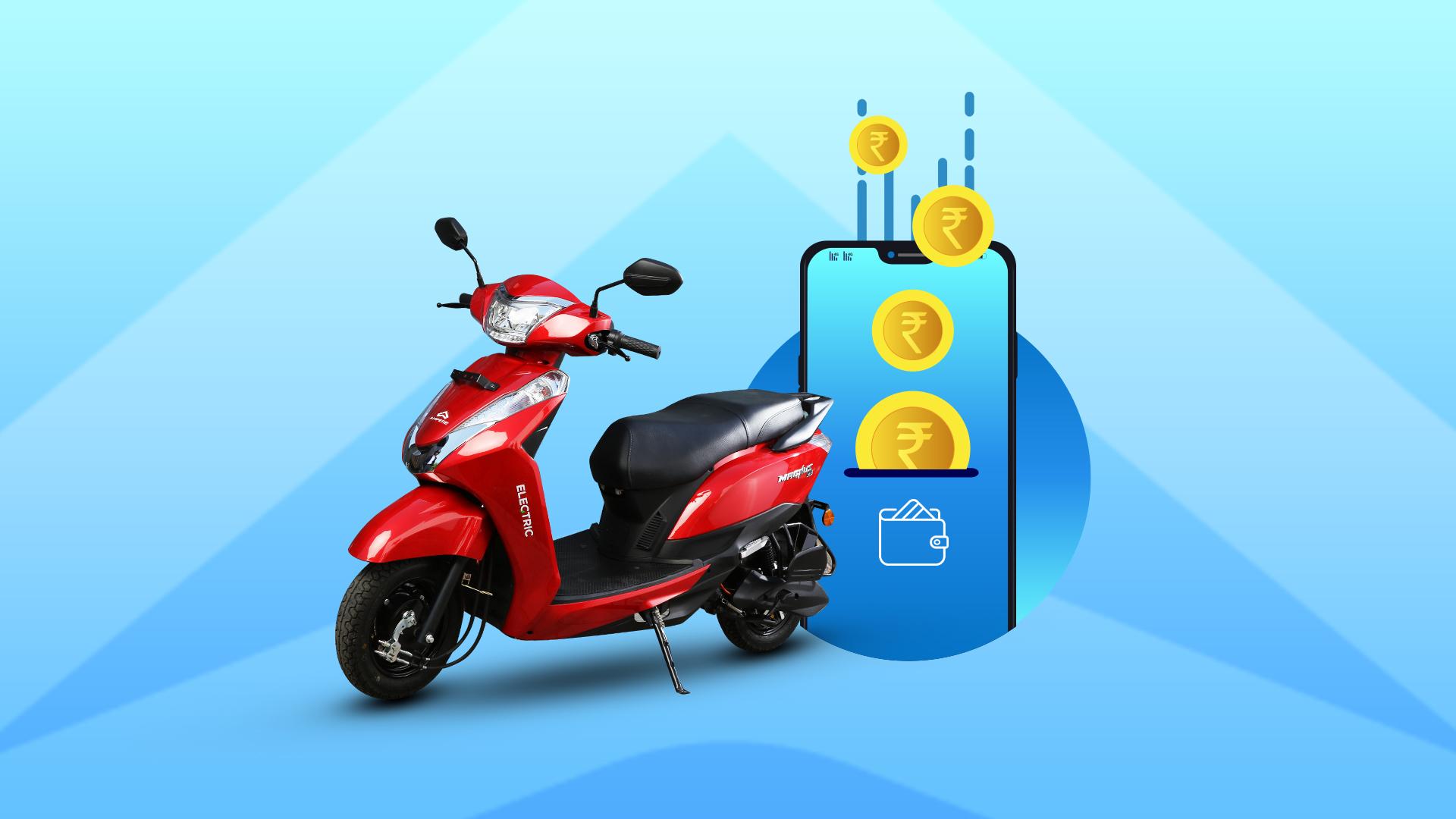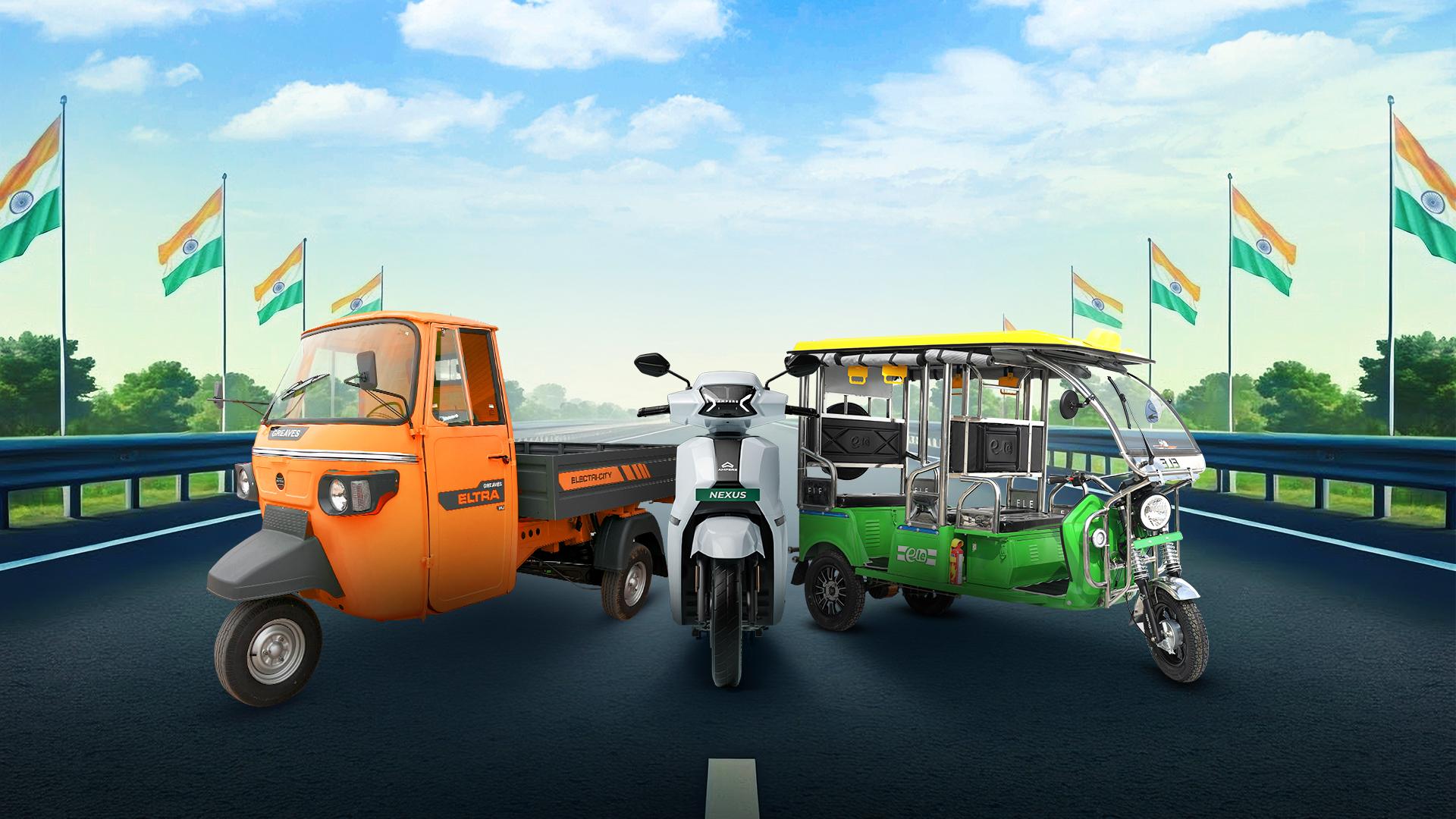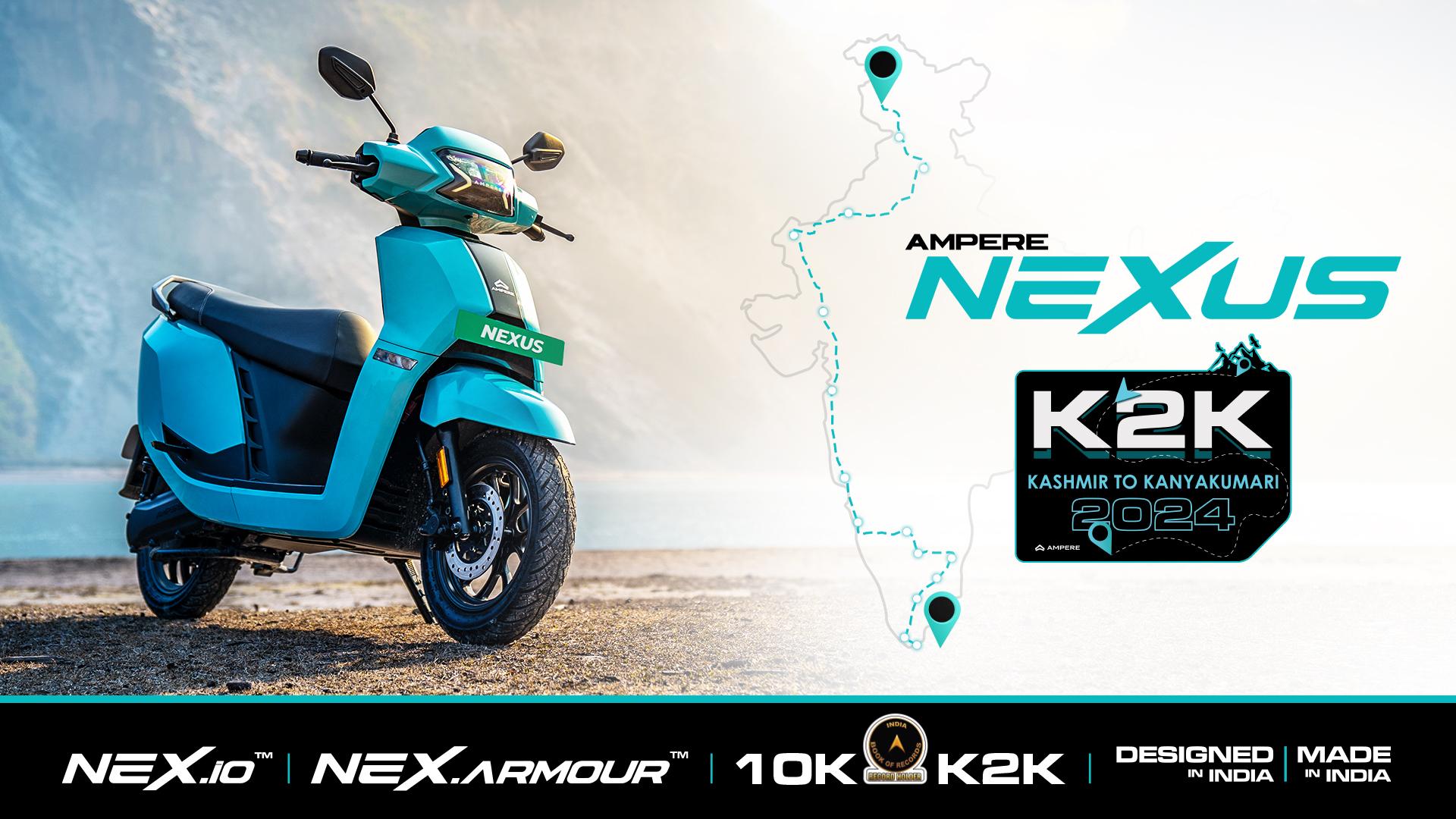History of ICE Scooters
Internal Combustion Engine (ICE) scooters have been a staple of urban transportation for decades. The story begins in the early 20th century when the first motorized scooters emerged, offering a convenient alternative to bicycles. In India, the ICE scooter revolution truly took off in the 1980s with a wave of models from various manufacturers. These scooters quickly became synonymous with personal freedom and economic progress, weaving themselves into the fabric of Indian society.
They were reliable, and fuel was readily available. However, as we entered the 21st century, the drawbacks of ICE technology became increasingly apparent
The Electric Advantage:
Enter the era of electric scooters. As battery technology advanced and environmental consciousness grew, electric scooters began to emerge as a viable alternative to their ICE counterparts. Ampere has been pivotal in taking charge and helping revolutionize electric mobility for the country.
Zipping through city streets, electric scooters have become a significant innovation in urban mobility. These nifty vehicles offer lower running costs, helping riders save money in the long run. Their reduced environmental impact makes them a green choice for eco-conscious commuters. The quieter operation is a blessing in noisy urban environments, promoting a more peaceful cityscape. Fewer moving parts translate to less maintenance, saving time and hassle. Perhaps most enjoyably, electric scooters provide instant torque, delivering smooth acceleration that makes navigating traffic a breeze. As cities evolve, these advantages position electric scooters as a smart, efficient, and fun mode of transport for the modern urbanite.
But how do these advantages translate to real-world use? To illustrate this, let's follow the story of two friends, Arnav and Baldev, as they navigate their daily commutes in Bangalore.
Arnav and Baldev's Story:
Meet Arnav and Baldev, two software engineers working at a prominent IT firm in Bangalore. Both live about 15 km from their office and were in the market for new scooters. Arnav, always keen on the latest technology, chose the Ampere Nexus electric scooter. Baldev, more traditional in his approach, opted for a popular ICE scooter model.
Initial Investment, the on-road price
- Arnav's Ampere Nexus: ₹1,30,000
- Baldev's ICE Scooter: ₹1,20,000
The ICE scooter manages to give Baldev a benefit of ₹10,000 over Arnav’s purchase of the Ampere Nexus.
But will it actually hold up? Let’s dive deeper and see beyond the initial purchase alone:
Daily Commute Costs:
Both friends travel 30 km daily. Here's where the differences started to show:
Arnav (Nexus):
- Cost per km: ₹0.15
- Daily cost: ₹4.50
Baldev (ICE Scooter):
- Cost per km: ₹2.50
- Daily cost: ₹75.00
Baldev was spending 16 times more on fuel every day!
Monthly and Annual Usage:
As the months rolled by, the cost difference became more apparent:
Monthly (900 km):
- Arnav: ₹337.5
- Baldev: ₹2,250
Annually (10,800 km):
- Arnav: ₹1,620
- Baldev: ₹27,000
Baldev was spending ₹25,380 more per year just on fuel!
Annual Service Costs:
The surprises didn't end there. When it came time for their annual services:
Arnav's Nexus service: ₹1,500
Baldev's ICE scooter service: ₹7,000
Total Annual Running Costs:
- Arnav (Nexus): ₹3,120
- Baldev (ICE Scooter): ₹34,000
Baldev was spending an extra ₹30,880 every year compared to Arnav!
The 5-Year Outlook:
As they projected their costs over five years, the difference became staggering:
Cumulative Running Cost Savings for Arnav:
- Year 1: ₹26,880
- Year 2: ₹57,760
- Year 3: ₹88,640
- Year 4: ₹1,19,520
- Year 5: ₹1,50,400
Total Ownership Costs After 5 Years:
- Arnav (Nexus): ₹1,45,600
- Baldev (ICE Scooter): ₹2,90,000
The Final Tally:
After five years, Arnav had saved ₹1,45,400 compared to Baldev!
Beyond the Numbers:
While Baldev was feeling the pinch in his wallet, Arnav was enjoying additional benefits:
1. Zero direct emissions, contributing to a cleaner Bangalore
2. Quieter rides, reducing noise pollution
3. Less maintenance hassle with fewer moving parts
4. The satisfaction of embracing cutting-edge technology
The Realization:
Seeing these figures, Baldev couldn't help but feel a twinge of regret. "I thought I was making a safe, traditional choice," he admitted. "But looking at these numbers, it's clear that going electric isn't just good for the environment – it's great for my finances too!"
Arnav, ever the supportive friend, replied, "It's never too late to make the switch, Baldev. Why don't you take the Nexus for a spin this weekend? I have a feeling you'll be visiting the Ampere showroom soon after!"
Conclusion:
Arnav and Baldev's story illustrates a crucial point: while ICE scooters have served us well for decades, the future of urban commuting is decidedly electric. The Ampere Nexus, and electric scooters like it, offer a compelling package of financial savings, environmental benefits, and modern convenience that ICE scooters simply can't match.
It's clear that the transition from ICE to electric is not a distant dream but a present reality. The question is, will you be like Arnav, embracing the future and reaping the rewards? Or will you stick with tradition like Baldev did, potentially missing out on significant savings and the chance to contribute to a cleaner, greener future?
Remember, every journey towards a more sustainable and economical future begins with a single ride. Why not make your next one electric?




